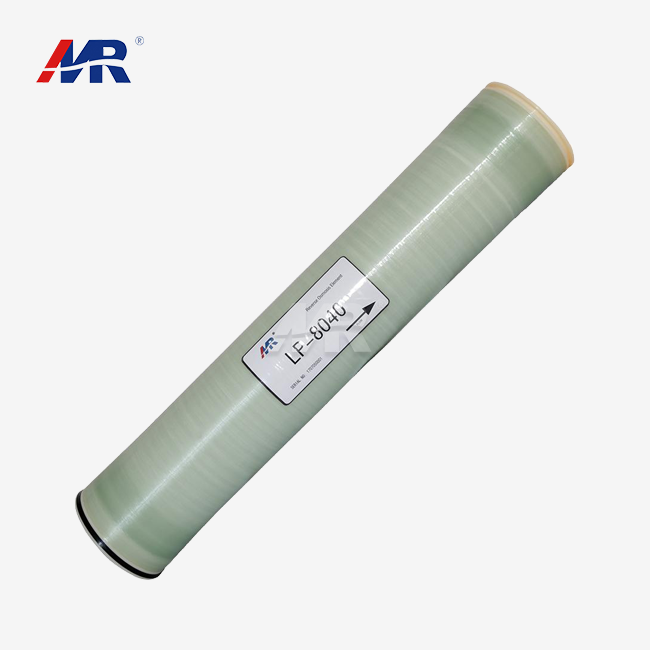Understanding the Global Water Crisis
The worldwide water emergency is a multifaceted challenge that influences billions of individuals around the world. In spite of water covering around 71% of the Earth's surface, as it were a little division is promptly accessible for human utilize. Components such as populace development, urbanization, and climate alter are compounding water shortage issues, driving to serious financial and natural results.
Key Factors Contributing to Water Scarcity
Several interconnected factors are driving the global water crisis:
- Population Growth: As the world's population continues to expand, the demand for freshwater resources intensifies.
- Climate Change: Shifting weather patterns and increased frequency of extreme events are disrupting water cycles.
- Pollution: Industrial and agricultural activities contaminate water sources, rendering them unusable without extensive treatment.
- Inefficient Water Use: Outdated infrastructure and wasteful practices lead to significant water losses.
- Uneven Distribution: While some regions have abundant water resources, others face chronic shortages.
These challenges emphasize the pressing require for imaginative arrangements to expand and preserve our constrained freshwater supplies. Seawater desalination, especially through RO membrane innovation, has risen as a promising approach to address water shortage in coastal districts and past.
SWRO Membrane Technology: A Sustainable Solution
Seawater invert osmosis (SWRO) membrane innovation speaks to a groundbreaking approach to combating water shortage. This imaginative prepare saddles the control of semipermeable layers to change seawater into consumable water, advertising a maintainable arrangement to water deficiencies in coastal regions and past.
The Science Behind SWRO Membranes
At the heart of SWRO technology lies the reverse osmosis process. This strategy utilizes tall weight to constrain seawater through a semipermeable film, successfully isolating immaculate water atoms from salt and other contaminants. The key component in this prepare is the reverse osmosis membrane, a lean film composite fabric outlined to permit water atoms to pass through whereas dismissing broken up salts and pollutions.
Modern SWRO membranes, such as the MR-8040 model, boast impressive specifications:
- Active Area: 400 ft² (37.2 m²)
- Permeate Flow Rate: 6,000 GPD (22.7 m³/d)
- Salt Rejection: 99.8%
- Maximum Operating Pressure: 1,200 psi (8.27 MPa)
- pH Range: 2-11
These advanced Reverse Osmosis Membrane membranes achieve remarkable salt rejection rates while minimizing energy consumption, making SWRO an increasingly viable and efficient solution for water scarcity.
Advantages of SWRO Technology
SWRO membrane technology offers numerous benefits in addressing water scarcity:
- Abundant Source: Oceans provide a virtually unlimited water supply, making SWRO a reliable long-term solution.
- High Water Quality: Advanced membranes ensure consistent, high-quality water output that meets or exceeds drinking water standards.
- Scalability: SWRO plants can be designed to meet the needs of small communities or large metropolitan areas.
- Environmental Friendliness: Compared to traditional water sources, SWRO has a lower environmental impact when properly implemented.
- Drought Resistance: Unlike traditional freshwater sources, seawater availability is not affected by drought conditions.
These points of interest position SWRO as a pivotal innovation in the worldwide exertion to combat water shortage and guarantee feasible water get to for future eras.
Case Studies: Successful SWRO Implementations Worldwide
The adequacy of seawater invert osmosis (SWRO) film innovation in combating water shortage is best outlined through real-world applications. Various nations and districts have effectively actualized SWRO ventures, illustrating the technology's potential to address water deficiencies on a worldwide scale.
Israel: A Pioneer in Desalination
Israel has emerged as a world leader in desalination technology, with SWRO plants playing a crucial role in the country's water security strategy. The Sorek Desalination Plant, one of the largest SWRO facilities globally, exemplifies the potential of this technology:
- Capacity: 624,000 m³/day
- Technology: Advanced SWRO membranes
- Impact: Provides 20% of Israel's municipal water demand
Israel's success with SWRO has transformed the country from water-scarce to water-secure, showcasing the transformative potential of this technology.
Singapore: NEWater and Desalination
Singapore, a small island nation with limited freshwater resources, has implemented a comprehensive water management strategy that includes SWRO RO Membrane technology. The country's approach combines:
- NEWater: Recycled wastewater for industrial use
- SWRO Desalination: Multiple plants providing up to 30% of Singapore's water needs
- Catchment Management: Efficient rainwater collection and storage
This integrated approach, with SWRO playing a crucial role, has significantly enhanced Singapore's water security and resilience against droughts.
Australia: Adapting to Climate Change
Australia, facing severe droughts and climate change impacts, has invested heavily in SWRO RO Membrane technology. The Perth Seawater Desalination Plant demonstrates the effectiveness of this approach:
- Capacity: 144,000 m³/day
- Energy Efficiency: Powered by renewable energy
- Impact: Supplies 17% of Perth's drinking water
This project showcases how SWRO can be integrated with renewable energy sources, addressing both water scarcity and environmental concerns.
These case ponders highlight the flexibility and adequacy of SWRO membrane innovation in different topographical and climatic conditions. As the innovation proceeds to development, with changes in vitality proficiency and film execution, SWRO is balanced to play an progressively crucial part in worldwide water security techniques.
Conclusion
Seawater reverse osmosis membranes have illustrated to be a game-changing course of action in the fight against water deficiency. By handling the perpetual potential of our oceans, SWRO advancement offers a viable, versatile, and reliable suggests of making freshwater for communities around the world. The case considers almost from Israel, Singapore, and Australia outline that SWRO can be successfully actualized in grouped circumstances, giving water security in fact in the go up against of challenging climatic conditions.
As we proceed to confront worldwide water challenges, the part of imaginative innovations like SWRO membranes gets to be progressively basic. The progressions in film effectiveness, strength, and vitality utilization are making desalination an progressively practical choice for districts battling with water shortage.
For those in businesses extending from metropolitan water treatment to fabricating and agribusiness, grasping SWRO technology can be a transformative step towards guaranteeing water security and feasible operations. Guangdong Morui Environmental Technology Co., Ltd. stands at the bleeding edge of this transformation, advertising cutting-edge SWRO arrangements custom-made to meet differing needs.
Are you prepared to investigate how SWRO innovation can address your water challenges? Guangdong Morui Environmental Technology Co., Ltd. gives comprehensive administrations counting mechanical wastewater treatment, household sewage treatment, seawater desalination, and drinking water fabricating. Our ability amplifies from gear supply to one-stop establishment, commissioning, and after-sales back.
Take the first step towards water security and sustainability. Contact us at benson@guangdongmorui.com to learn how our advanced SWRO membrane solutions can transform your water management strategies. Together, we can combat water scarcity and build a more resilient future.
References
1. Jones, E., et al. (2019). "The state of desalination and brine production: A global outlook." Science of The Total Environment, 657, 1343-1356.
2. Elimelech, M., & Phillip, W. A. (2011). "The future of seawater desalination: Energy, technology, and the environment." Science, 333(6043), 712-717.
3. Gude, V. G. (2016). "Desalination and sustainability – An appraisal and current perspective." Water Research, 89, 87-106.
4. Ghaffour, N., et al. (2013). "Technical review and evaluation of the economics of water desalination: Current and future challenges for better water supply sustainability." Desalination, 309, 197-207.
5. Lattemann, S., & Höpner, T. (2008). "Environmental impact and impact assessment of seawater desalination." Desalination, 220(1-3), 1-15.
6. Werber, J. R., et al. (2016). "Materials for next-generation desalination and water purification membranes." Nature Reviews Materials, 1(5), 16018.

_1745823981883.webp)


